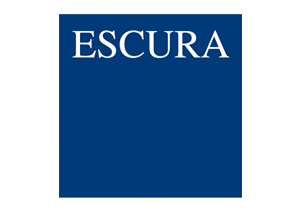The word “alternative” is definitely trending in the legal zeitgeist. Beginning with the U.K. Legal Services Act and accelerating through the legal tech startup boom, discussion about the growing importance of Alternative Business Structures (ABS) and Alternative Legal Service Providers (ALSP) has become a cottage industry in the legal press, and increasingly in the legal academy as well. And yet, for all of the talk about the growing importance of these “alternatives,” the very discourse used to cast these new providers as the harbingers of impending dramatic changes in the market for legal services continues to marginalize and mask their true significance.
In this Chapter, we argue that this characterization of the range of new providers competing for a share of the global corporate legal services market is fundamentally flawed. We do so by first reminding today’s lawyers and commentators that the large law firms and sophisticated in-house legal departments that we now consider to be the “traditional” standard against which all other legal service providers should be measured, were once considered radical “alternatives” posing a significant threat to the “core” values of lawyer professionalism. As market conditions changed, however, these marginalized forms of practice not only moved to the mainstream, but have become the very embodiment of professional excellence. Similarly, we argue, as corporate clients increasingly demand professional services that are “integrated,” “customized,” and “agile,” the parts of the market that are now considered “alternative” – e.g., technology, managed services, flexible staffing, and multidisciplinary practice – are also moving from the periphery to the core. At the same time, “traditional” law firms and in-house legal departments are under mounting pressure to demonstrate how the “core” services that they provide contribute to producing the kind of “integrated solutions” their clients need. We conclude by highlighting some of the challenges that this evolving “integrated solutions” model poses for other parts of the legal “ecosystem” such as legal education, legal regulation, and the rule of law, that either have not – or should not – change.









